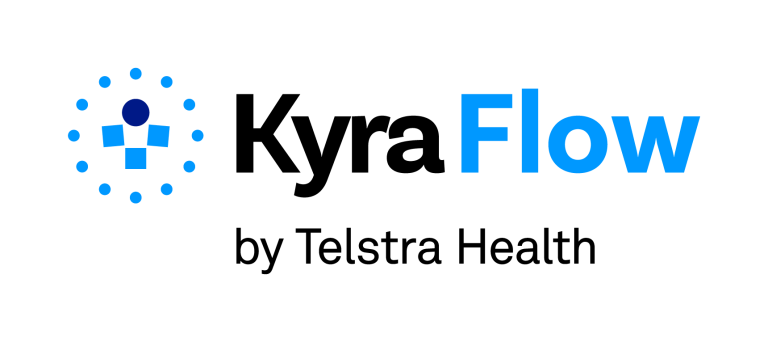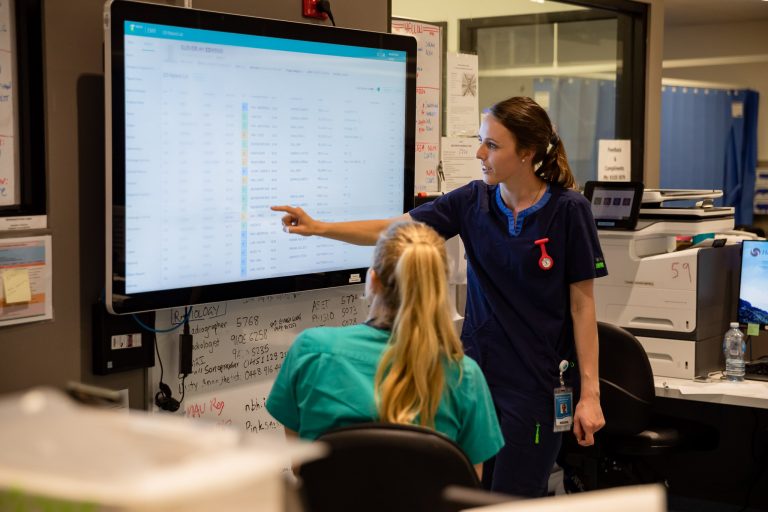About Patient Flow Manager
Traditionally different hospital departments have used disparate patient systems making communication a challenge, causing silos and leading to inefficiencies across the board. By providing a single source of real-time patient status information, Patient Flow Manager can help provide hospital staff with visibility of operational information across the entire hospital.
With Patient Flow Manager you can manage the patient journey from admission to discharge through simple integrations with your existing systems. It can be utilised as a centralised communication platform for teams and wards providing them insight into patient flow pressures and bottlenecks in each department.
Patient Flow Manager has been trusted by Australian Hospitals for over 20 years to help improve performance and efficiency. Its modular and flexible design can be customised to help address key challenges and requirements within your health service and enable full visibility of key information for your care teams.

 Visit
Visit 








